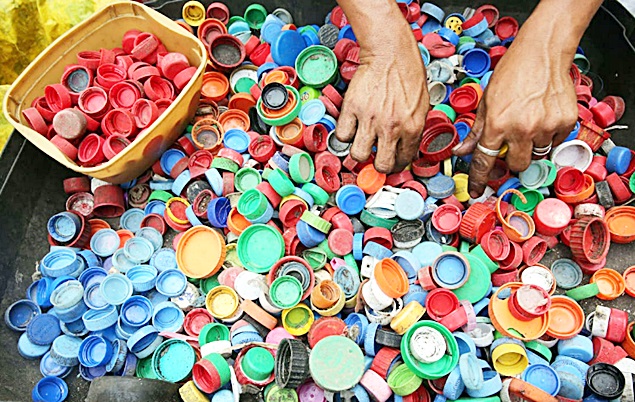1105

Global Circularity Index Drops to 6.9%, Despite Record Volume of Recycled Materials
The total volume of recycled materials entering the global economy has surpassed 7.3 billion tonnes, according to the Circularity Gap Report 2025, published by Deloitte and the Circle Economy Foundation. However, the global circularity index has continued its downward trend, reaching just 6.9%, due to the relentless extraction of virgin resources and raw materials.
♻️ A Growing Imbalance
This imbalance is amplified by the fact that a significant share of non-renewable virgin materials ends up in landfills as part of waste streams that are difficult to recycle—such as heavy industrial waste, short-lived consumer goods, end-of-life vehicles, and construction materials.
These waste streams account for 18.1% of all materials used globally. Yet, the study suggests that if the reusable portion of this waste were recycled and reintroduced into production, the circularity index could potentially rise to 25%, even without reducing total material consumption.
🏗️ Construction Sector: A Key but Underused Resource
The construction sector currently provides the largest share of secondary materials—49.6%—making it a key player in boosting circularity. However, its potential remains underexploited:
- Only 22% of construction and demolition waste is recycled
- Most recycled material is used in low-value aggregates
🏭 Other Waste Streams
- Industrial waste (metal scrap, sludge, chemicals, packaging): Contributes 44% of secondary materials, with a 41% recycling rate
- Household waste: Only 3.8% contribution
- Special waste (medical, hazardous, electronic): Represents just 2.6% of total secondary materials
📉 Why Circularity Is Declining
“The report pragmatically explains the drop in circularity: the increasing effort to manage waste more responsibly is simply not keeping pace with the escalating consumption of virgin resources,” said Adrian Teampău, Director, Indirect Tax and Circular Economy, Deloitte Romania.
“However, the responsibility and ability to reverse this trend lies in regulatory alignment and cooperation between authorities and industries.”
He emphasized the need for policies and incentives to support recycling and collection infrastructure, making secondary materials more accessible in terms of both supply chains and cost.
Benefits such as cost optimization, reduced environmental footprint, and increased stakeholder engagement—employees and customers alike—can emerge quickly with targeted action.
🌍 Resource Extraction and Inequality
According to the report, global resource extraction has tripled over the past 50 years, recently surpassing 100 billion tonnes. Without significant corrective action, this figure could rise by another 60% by 2060.
This trend affects not just ecosystems and supply chains but also deepens socioeconomic inequality:
- In wealthy countries, the material footprint per capita reaches 24 tonnes annually—six times more than in developing countries
- These affluent nations, such as the EU and the US, account for half of global material consumption, while housing only 10% of the world’s population
🌱 Circularity: Not a Burden, but an Opportunity
“The numbers from successive editions of the Circularity Gap Report underscore the fact that sustainable transition is not a backup plan, nor is it the exclusive responsibility of large corporations,” said Ovidiu Popescu, Partner and Leader of Energy & Sustainability Practices at Deloitte South Eastern Europe.
“On the contrary, ESG integration is a pathway to business resilience and predictability, regardless of company size or profile.”
He highlighted that while Romania’s new Omnibus package on sustainability excludes over 90% of the companies initially targeted under the CSRD, this reprieve should be seen as a strategic opportunity—not discouragement.
Now is the time for companies to:
- Conduct in-depth operational analysis
- Align business goals with sustainability objectives
- Train and inform employees with specialized guidance
(Photo: Freepik)




